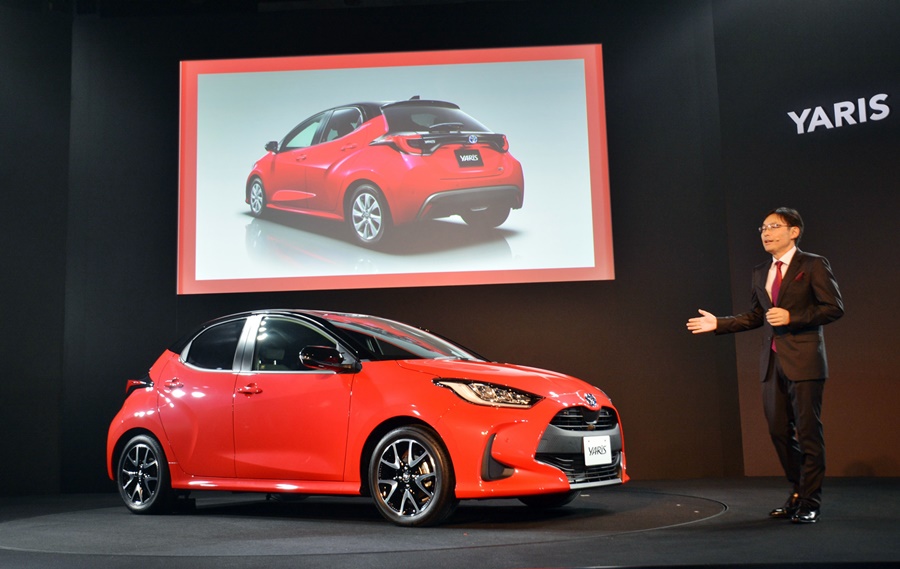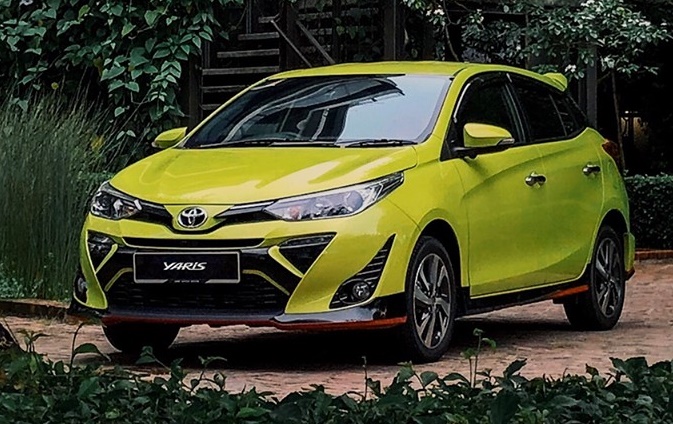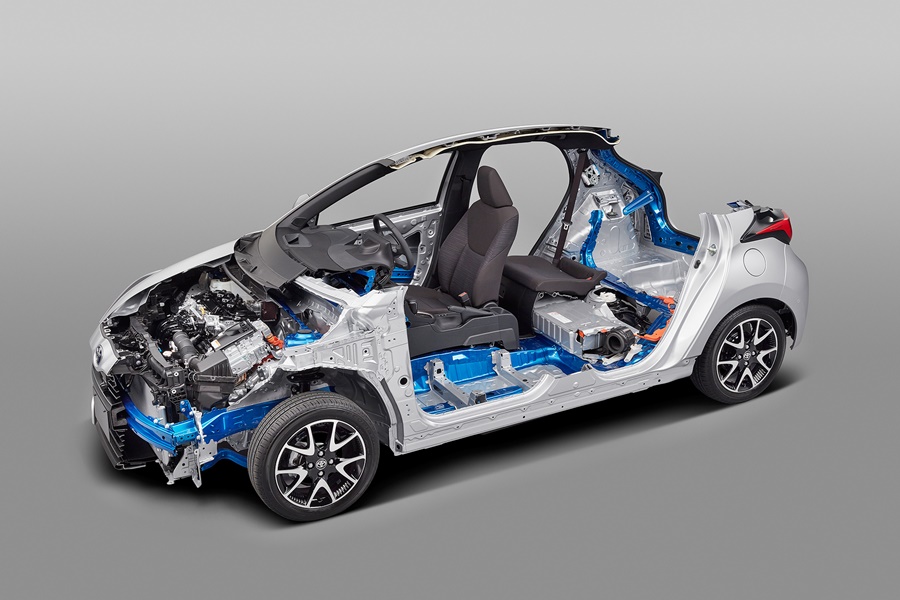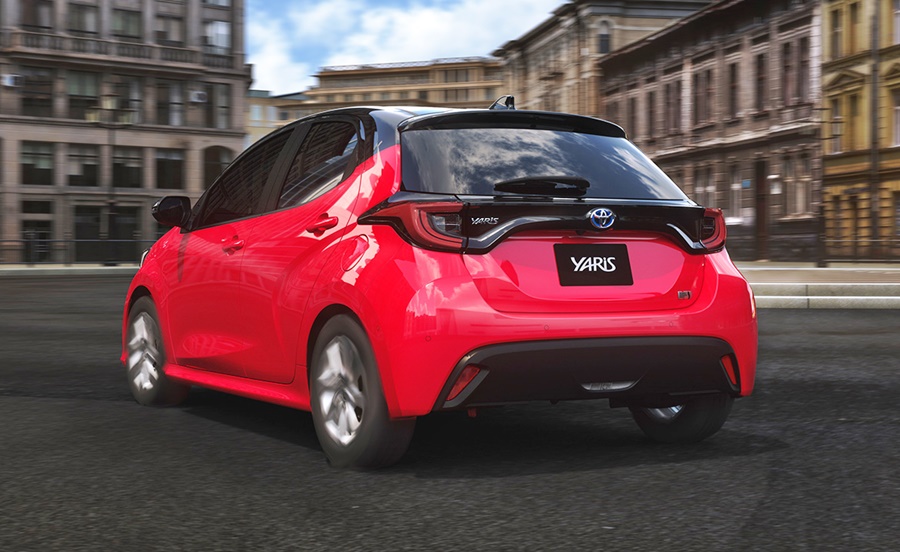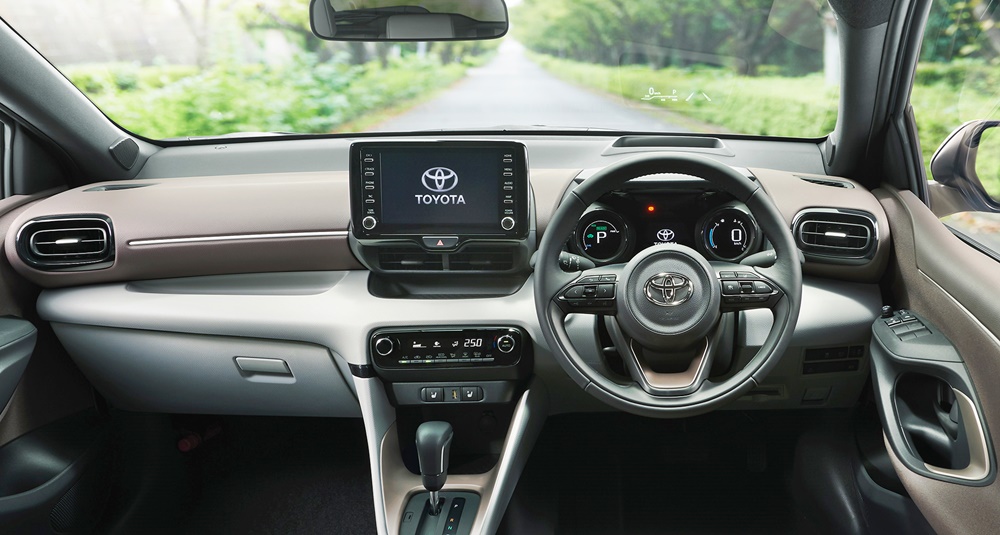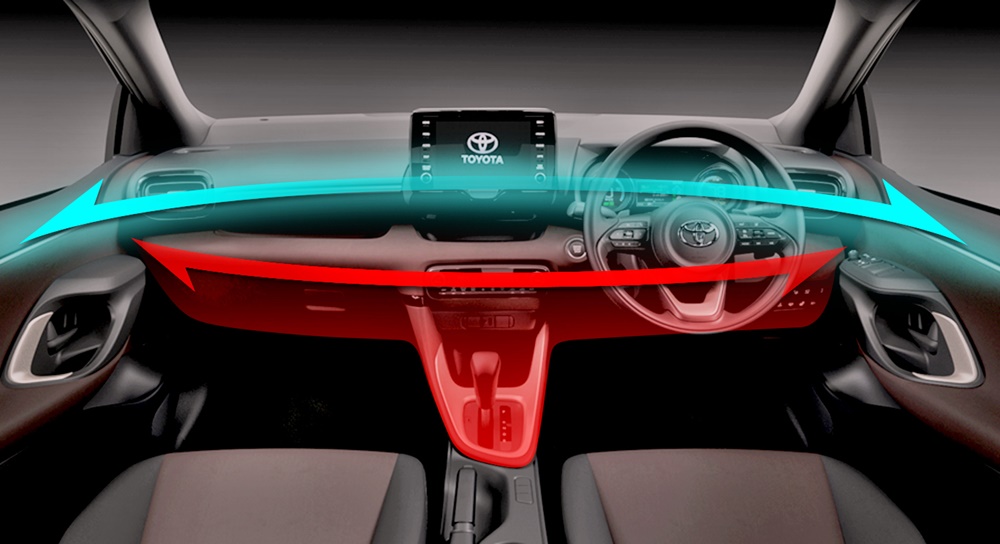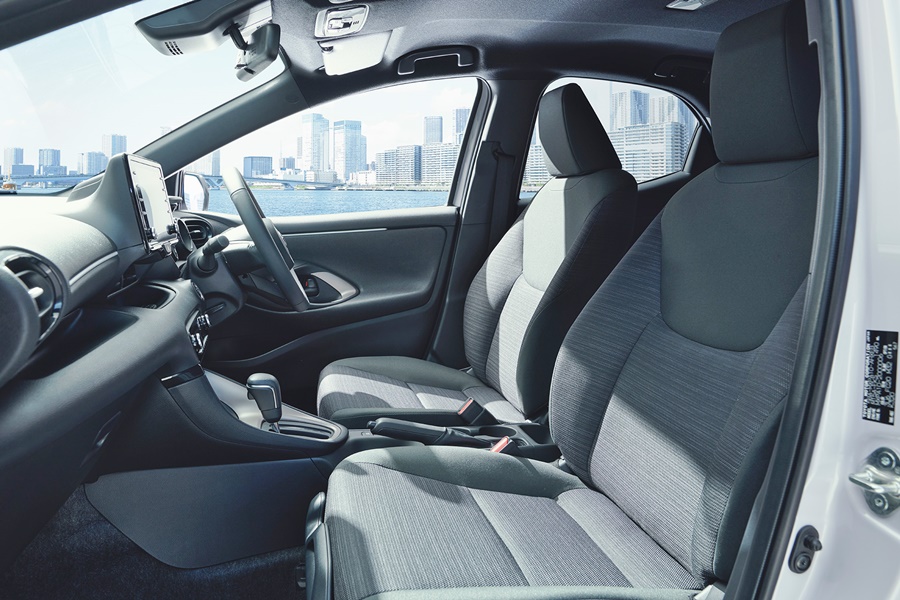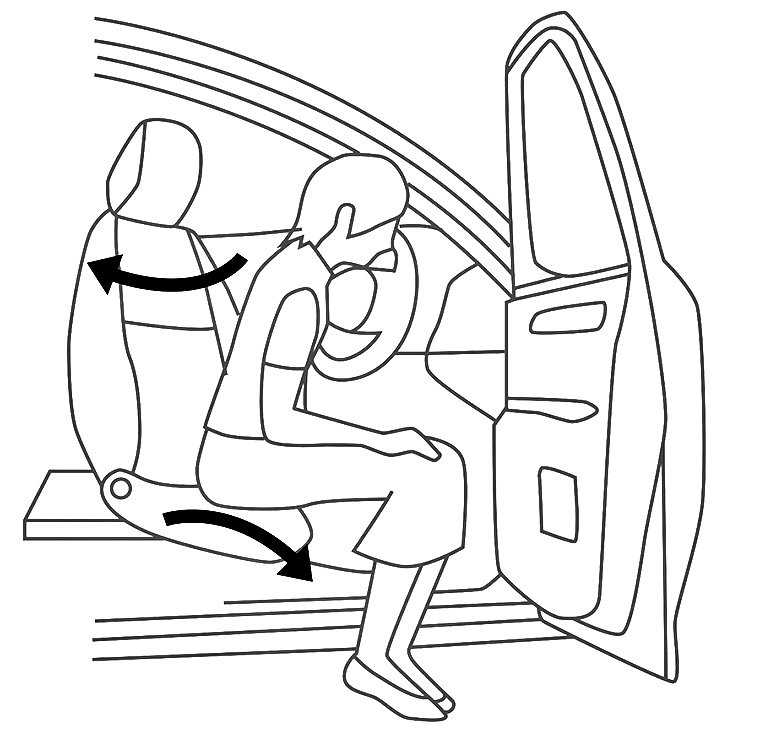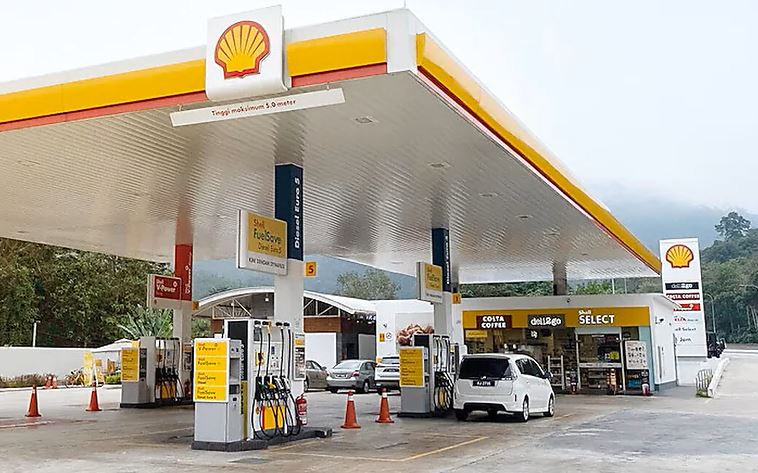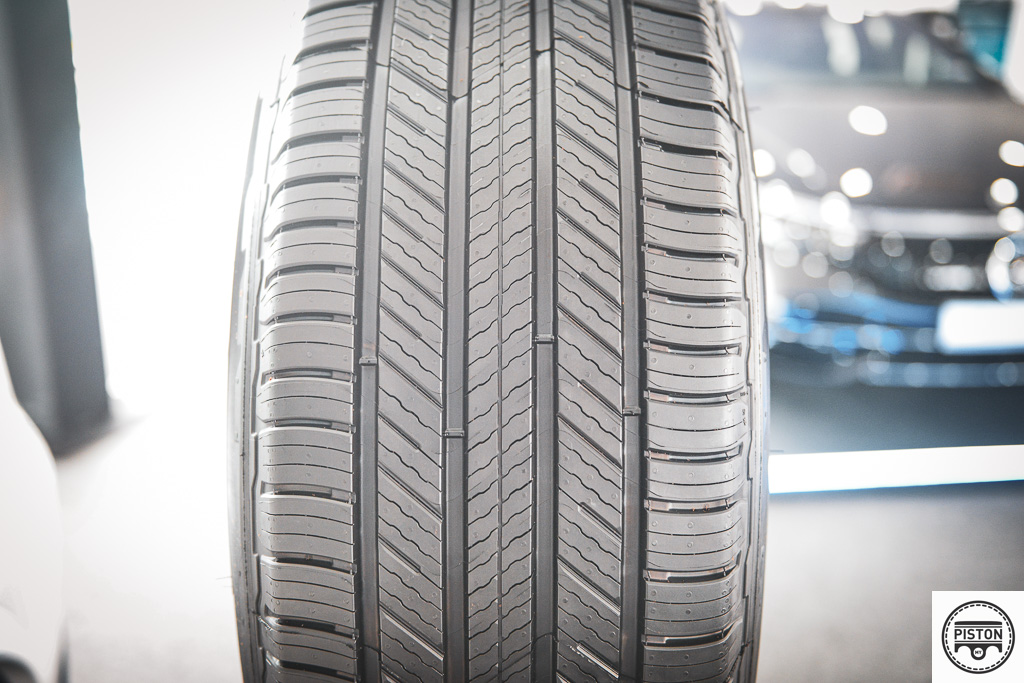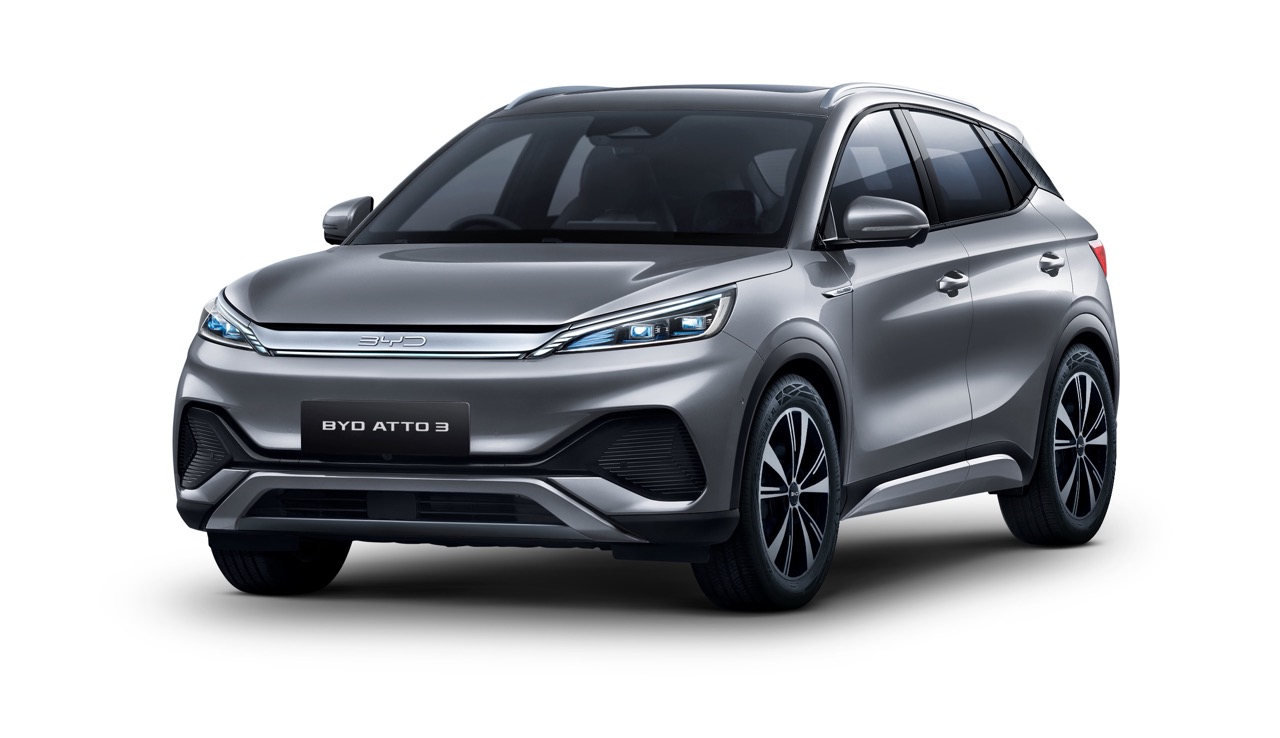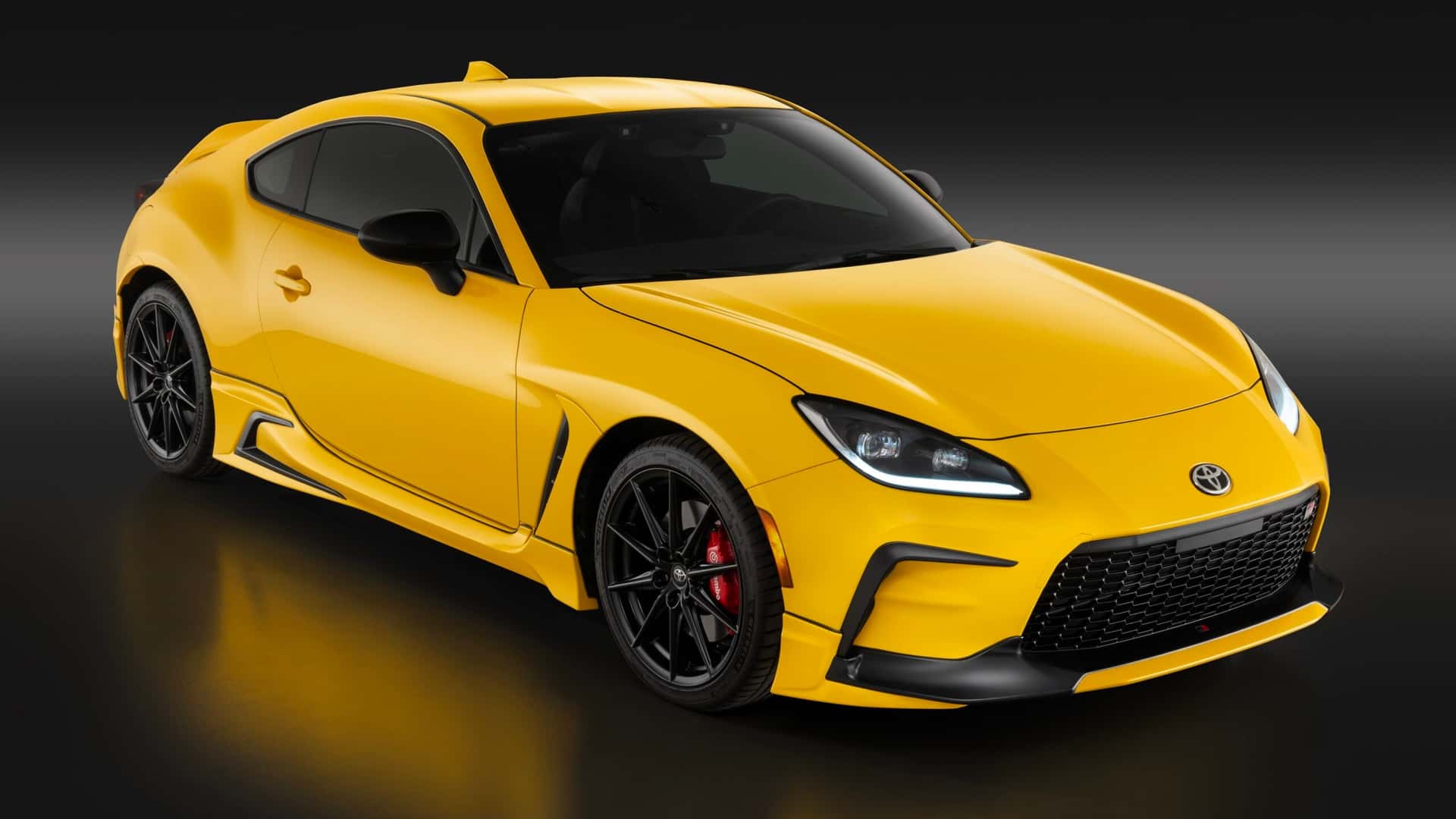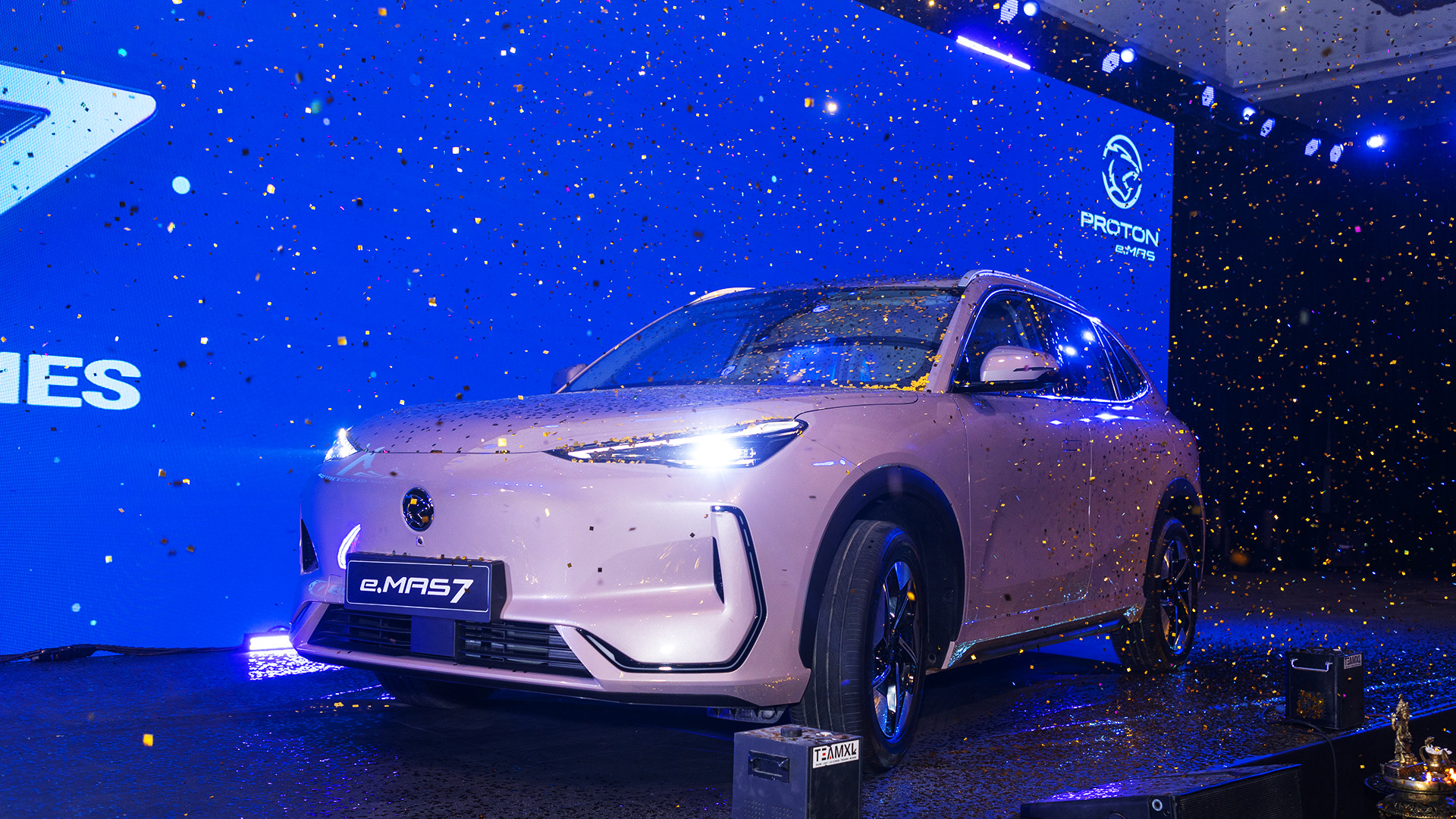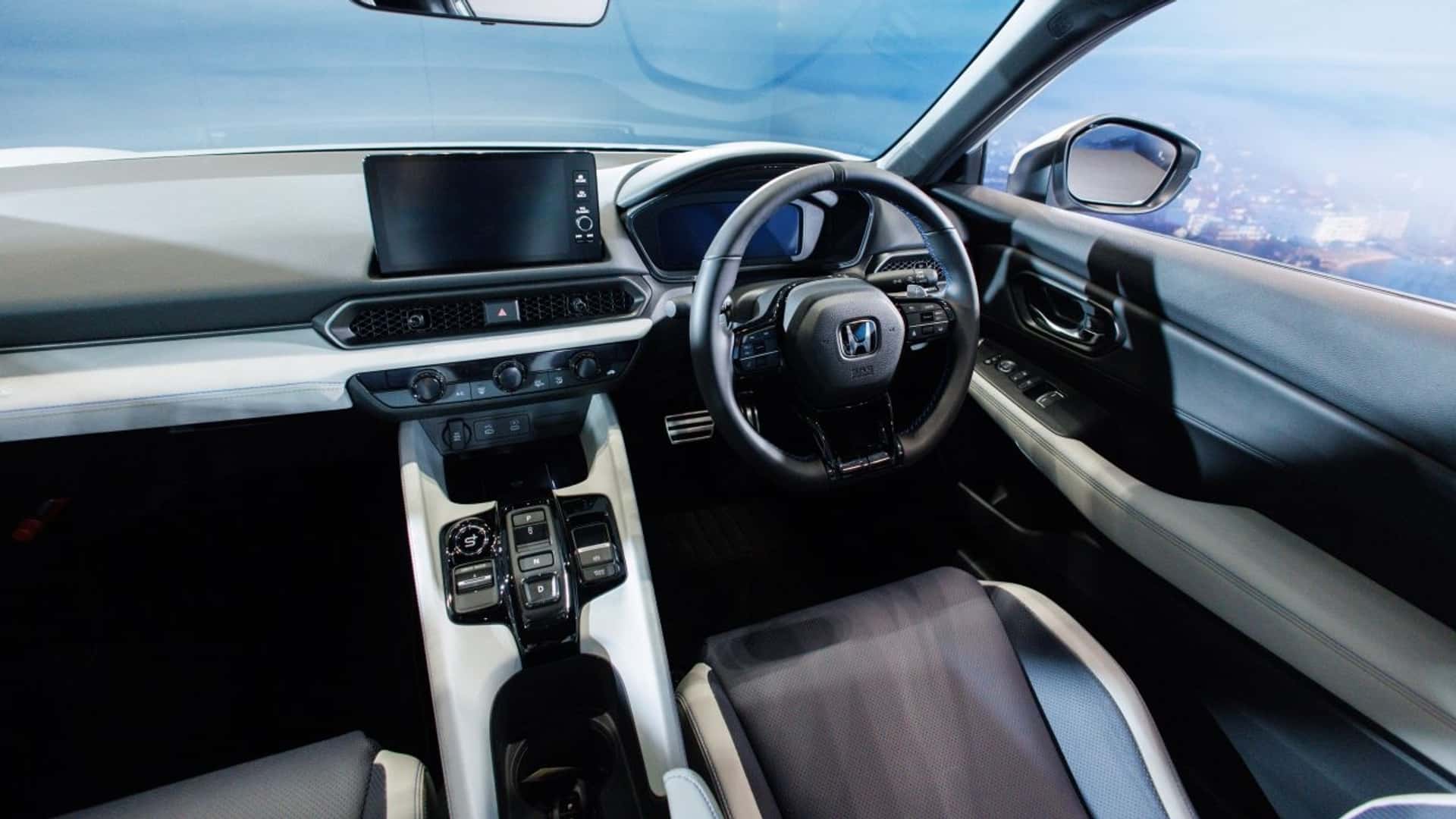An all-new Toyota Yaris has just had its world premiere today but before you call up the Toyota salesman to cancel your order, you should know that the new model won’t be available in Malaysia or even the neighbouring countries. It is a new model for Japan and Europe and the platform is different from the one sold in Malaysia. The different designs also take into account regional preferences more specifically. Although manufacturers would be happy if customers in every market around the world have same tastes and ‘one size can fit all’, so to speak, the reality is that there needs to be some differentiation if a model is to be well accepted.
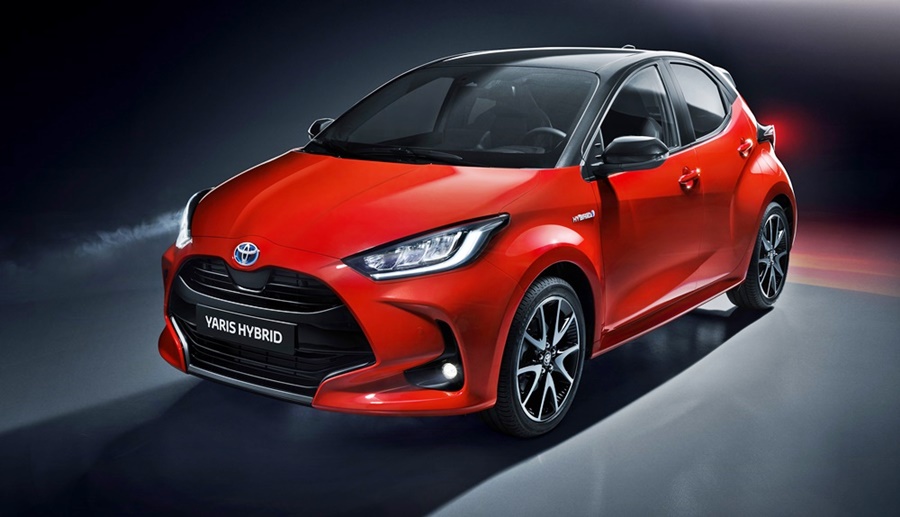
The Yaris for the Malaysian market (assembled at UMW Toyota Motor’s own plant in Selangor) is of a fairly new design so it is quite current whereas the other Yaris has had its own model cycle and it’s time for a full model change to the fourth generation. The first deliveries will start in Japan from mid-February 2020 and progressively launched in other markets. The new car will continue to be made at Toyota’s global production hub in France.
TNGA and new powertrains
The new Yaris, like the latest Corolla, uses Toyota’s New Global Architecture (TNGA), specifically the GA-B platform. The new platform provides both superior handling stability and a high-quality ride by shedding 50 kgs in vehicle weight compared to the conventional model, increasing torsional rigidity by at least 30%, and lowering the centre of gravity by 15 mm.
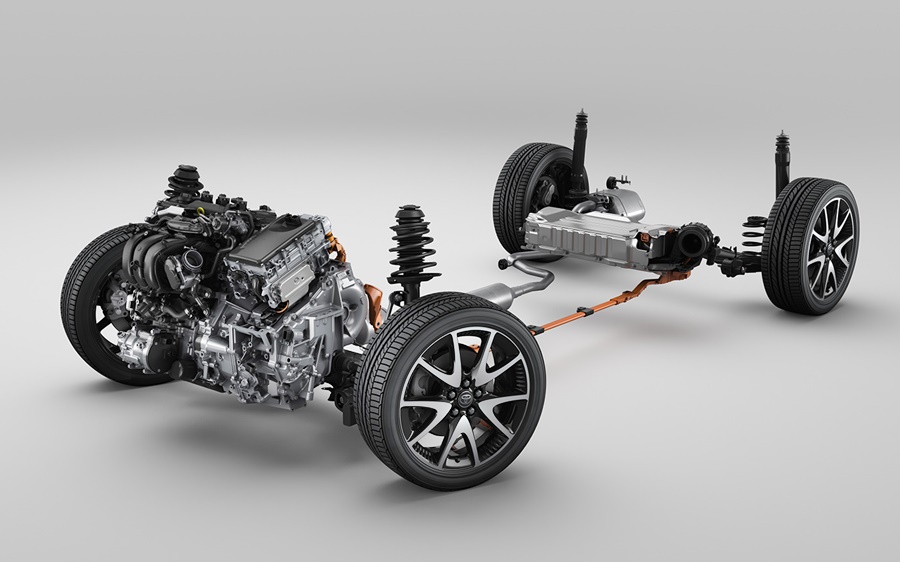
It also sees the first use of the new 3-cylinder, 4th generation hybrid system with the Dynamic Force engine, particularly important for the European market. In addition to pursuing Toyota’s ongoing goal of developing the world’s highest level of fuel efficiency for a hybrid vehicle, the new Yaris is offered with E-Four (electric four-wheel drive system), a first for a Toyota compact car.
Besides the newly developed a 1.5-litre 3-cylinder Dynamic Force Engine, there is also an enhanced 1.0-litre 3-cylinder engine available for certain markets. Both engines use a CVT, with the bigger one being a Direct Shift-CVT unit with a launch gear adapted to the new engine.
More advanced safety features
Continuing the quest to bring accidents down, Toyota has equipped the Yaris with new advanced features such as an advanced parking support system (a first for a Toyota vehicle) and the latest Toyota Safety Sense which has been expanded to detect oncoming cars when turning right at an intersection and pedestrians crossing the street when turning right or left.
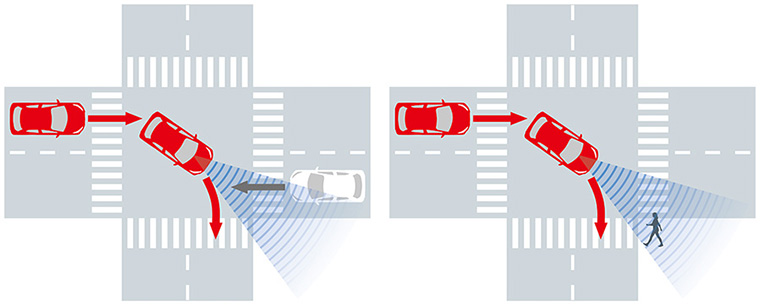
In addition to Advanced Driver Assist Systems, the new Yaris has been developed to achieve best occupant protection in the forthcoming stricter European standards for 2020. For instance, to better protect occupant in case of side impact, the new car will be the first model in the compact segment to introduce a centre airbag. The additional airbag is located between the two front seats and can help reduce injuries to the front occupants during side impacts.
“This marks the 20th year since the first Yaris debuted, so we wanted to build a new-generation compact car that goes far beyond customers’ preconceptions about class by building on the strengths of the Yaris as a compact car while revamping the platform, powertrain, and all other components. Compact cars are driven by many people, so offering a pleasurable drive was a priority, but it also prompted us to use the Yaris as the starting point of cars with the world’s highest level of fuel efficiency and secure safety technology,” said Chief Engineer Yasunori Suezawa who led the team that developed the new Yaris.
Intelligent interior packaging
Compact cars require intelligent packaging to maximise space and occupants will find the clutter-free interior offers a spacious and comfortable atmosphere. The thin cross-section of the instrument panel gives an impression of width which, together with the small diameter of the steering wheel, makes the cabin feel more spacious and sporty.
Various features are adopted to express the quality of a higher class interior, including hood-less dual digital TFT meters (adopted by Toyota for the first time) and a soft instrument panel, as well as a wider console and increased storage space.
Also being offered on a Toyota model for the first time are Turn Tilt Seats (shown above). A mechanism in the front seats makes it easy for the driver and front passenger enter and exit the car by rotating the seat and tilting it. This facilitates entering and exiting the vehicle by passengers wearing a skirt or kimono and supports those with back pain or low muscle strength.
While it won’t be sold in ASEAN markets (unless Toyota decides to unify the two versions), perhaps some of its new features may eventually be adopted in the Yaris sold in the region. This is the usual process where certain new features appear in the more advanced markets that can accept the initial higher cost, and then as the production costs drop with rising volumes, they can be offered in price-sensitive markets like Malaysia.




